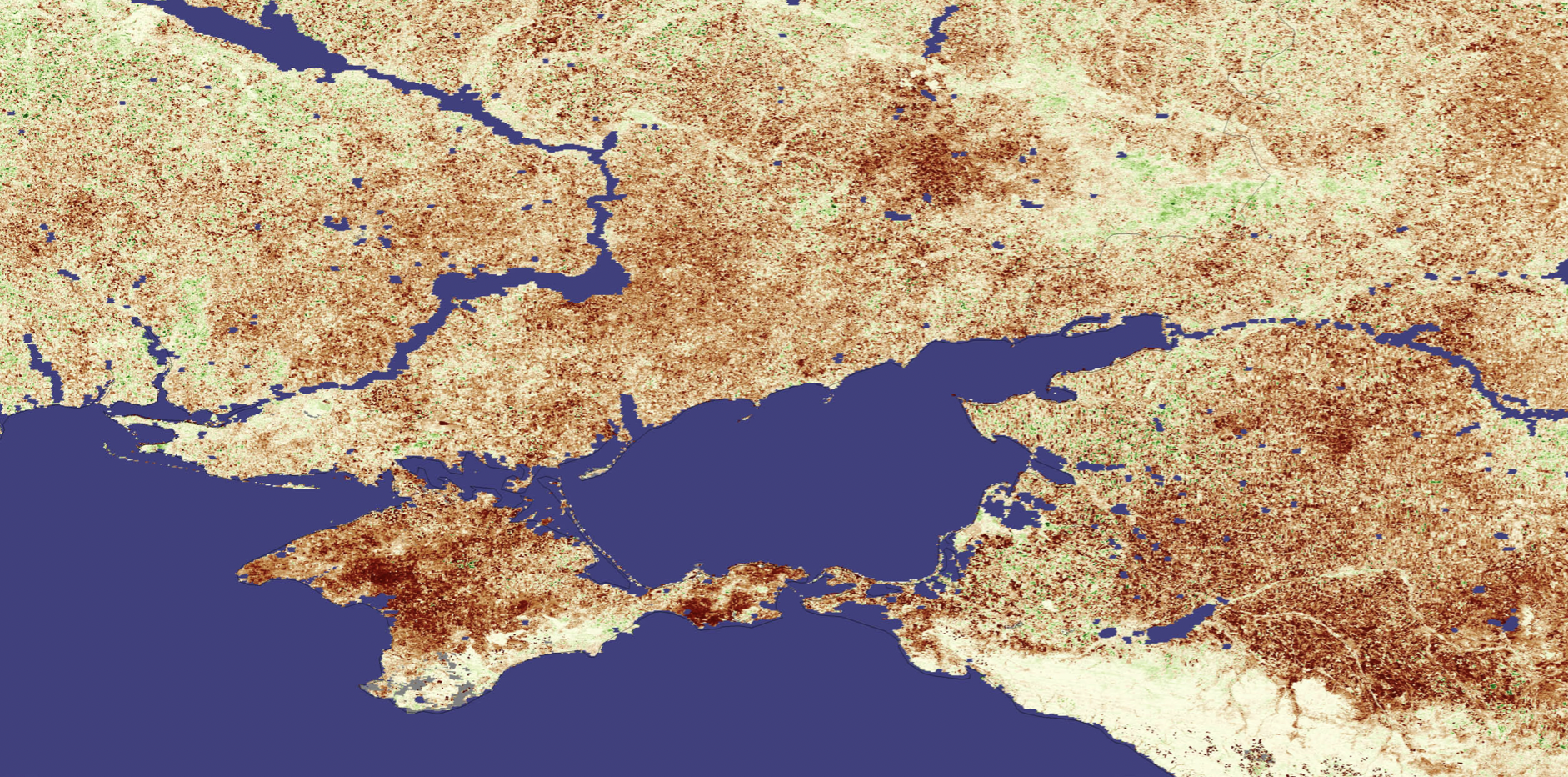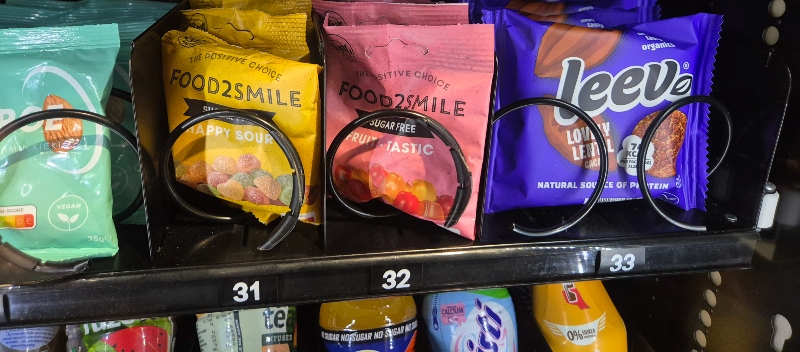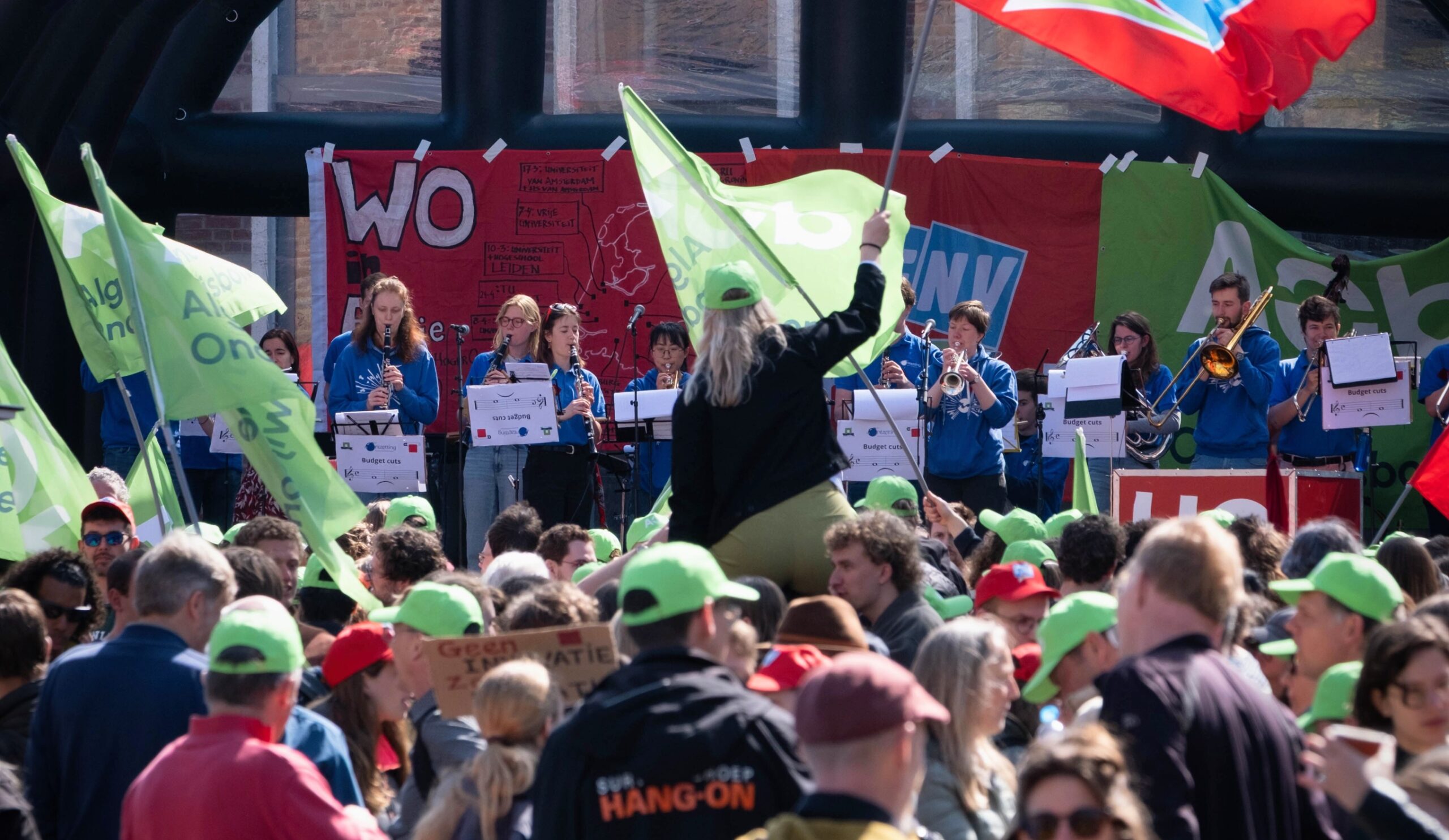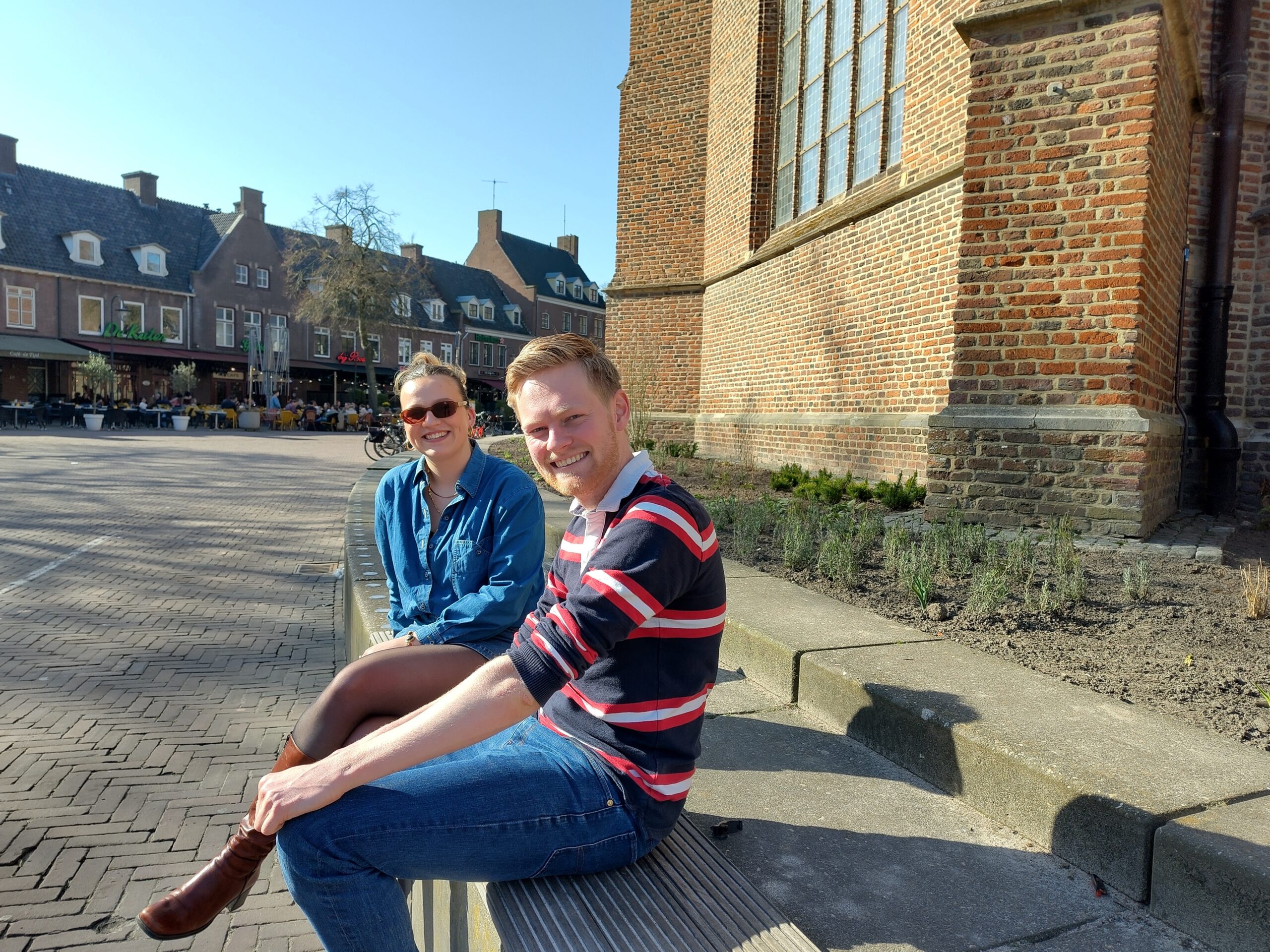At the onset of this century, just after the Soviet Union was disbanded, Gerbert Roerink (agronomist and researcher with Wageningen Environmental Research) was a regular guest in the then recently emerged sovereign state of Ukraine.
Between 2002 and 2012, he coordinated several subsidised agricultural programmes for irrigation and water use, in which WUR was a research partner. Roerink and his colleagues used satellite images for these analyses, a novelty at the time.
Downhill
At that time, the projects took place mainly in Crimea, which Russia later annexed. ‘A beautiful region, similar to the south of France, I understand why Putin would want it’, Roerink says, with cynicism. He never revisited the region. His contacts faded due to the Russian occupation, and the irrigation project went downhill fast. ‘There is a large canal that runs through Crimea that provides irrigation for the entire peninsula. After the annexation, Ukraine throttled this water supply. Satellite images clearly show the impact: agriculture became a shadow of what it once was.
Empty grain silo
Roerink maintained his contacts in the western, free part of Ukraine. Until recently, they were doing well, as was agriculture in the region. ‘Many people who collaborated on the former WUR projects made it to influential positions, which helped divulge our expertise,’ he says.
These partners’ situation has since dramatically altered, Roerink knows. ‘Several of my contacts in Kyiv fled last week. I would not be surprised if they arrive in the Netherlands soon.’ The agricultural situation is also concerning. ‘Sowing season is in March and April. That is when it must be done. If the farmers can’t sow because of the war, the entire growing season is lost, and the Ukrainian grain storage will remain empty this fall. This amounts to an easy 10 per cent of the world market.’
Hands itching
Just like two decades ago, satellite images could prove helpful in determining the state of the Ukrainian agricultural sector. How great is the impact of the war? Can farmers sow? Roerink is an observer on the sidelines this time, although his hands are itching to work in the region again. ‘If we want Ukrainians to remain independent from Putin, we must help them.’

 The more red, the more drought. This is what Crimea looked like in the (much too) dry summer of 2005. Photo NASA
The more red, the more drought. This is what Crimea looked like in the (much too) dry summer of 2005. Photo NASA


